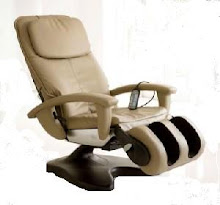This means that they use a number of different materials and support approaches to try and get the best of all worlds.
With cheap economy mattress products this can be a bad thing, however if you are prepared to spend money on a mattress, the composite products can be very good.
Here are the main bed or mattress construction types that you are likely to encounter:
Open coil
This construction sees springs that run in rows and are interconnected. Some systems use a continual spring system which has a single wire from which all of the springs are produced. This is regarded as the cheapest and least technologically advanced spring or coil system.
Pocket sprung
This construction sees every individual spring enclosed in its own fabric pocket and working independently of the other springs. This system is regarded as the most advanced of spring based systems.
N.B. The higher the spring count (i.e. the more and smaller the coils), the better the mattress will be.
Memory foam
This material reacts to weight and heat and shapes itself around the human body in highly supportive way. It has superior orthopedic properties.
Latex foam
Is similar to memory foam, but with more of a bounce and an immediate return to its regular profile once it is vacated by a sleeper.
Composite mattress
This kind of mattress usually sees a pocket sprung mattress construction as a base, but one with 3 of 4 inches of memory foam or Latex foam added as a contouring top layer. This allows the structure and firmness of a conventional mattress to benefit from the shaping and contouring of visco elastic memory foam.
These mattresses offer the best performance and come in many grades and qualities that can, at the top end, run into thousands of dollars (pounds Stirling).

No comments:
Post a Comment